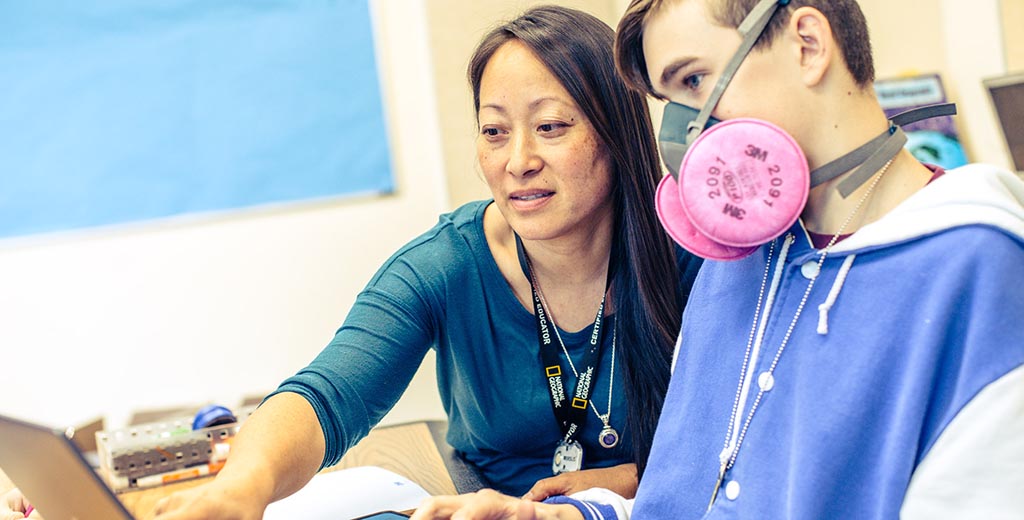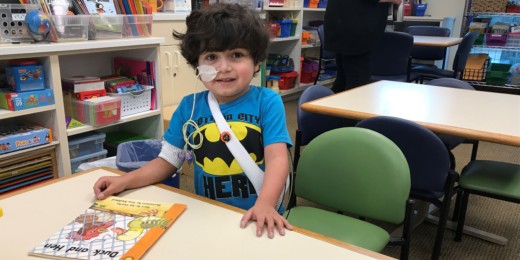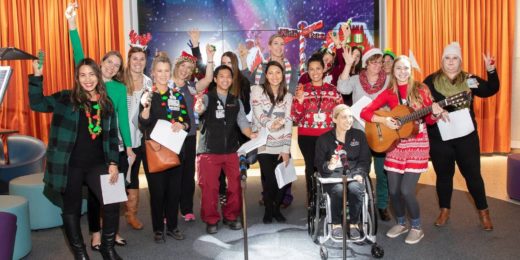When engineering professor Andrew Spakowitz, PhD, was a new Stanford faculty member in 2008, he learned that the high school teachers at Lucile Packard Children's Hospital Stanford needed help designing better science-lab activities for their students.
Kathy Ho, a hospital school teacher, told Spakowitz her team was struggling to come up with labs that both met California science curriculum standards and accommodated the limits of teaching in the hospital. Unlike students in a traditional high school building, those in the hospital weren't allowed to use open flames or perform dissections, for instance.
Spakowitz felt a personal interest in the problem: Not only is he a materials scientist with a passion for education, he also survived childhood cancer at age 3. He knew that children and teenagers in the hospital still need to be kids, even while they're receiving complex medical care.
He decided to recruit Stanford students to help design and teach new science labs. The program, known as LABScI, has been a big success. A story I wrote for Stanford Medicine magazine explains:
'The Stanford students come up with clever ways to develop new labs suitable for the hospital environment,' Spakowitz said, noting they've created more than 30 lab activities using cheap, safe, easily available materials.
To get around the restriction on bringing lab animals into the hospital, one biology lab employs Stanford students as guinea pigs: While the Stanford students jog in place, the hospital students measure such variables as heart rate and breath volume. In an engineering assignment, kids evaluate the good and bad features of hospital gowns. In an optics lab, students point inexpensive handheld lasers through Jell-O to see how the material bends light.
"The real driver of this content has always been this fantastic resource we have on campus: Stanford undergraduate and graduate students," Spakowitz told me. "Their level of engagement is really extraordinary."
More than 40 Stanford students have participated in the program over the last decade, with six to 12 involved at any one time. Many have stayed involved throughout their years at Stanford, and some have gone on to careers in medicine or science education. The lab activities they have designed are available for free at the program's website, and a few other hospitals around the country now use them, too.
But the best outcome of the program is the reaction from hospitalized kids. From my story:
The labs get rave reviews from young pupils. 'Science gets kids excited and engaged,' Ho said. 'They can forget for a while that they're in the hospital.'
Photo of Kathy Ho and high school student Travis Weston by Timothy Archibald






